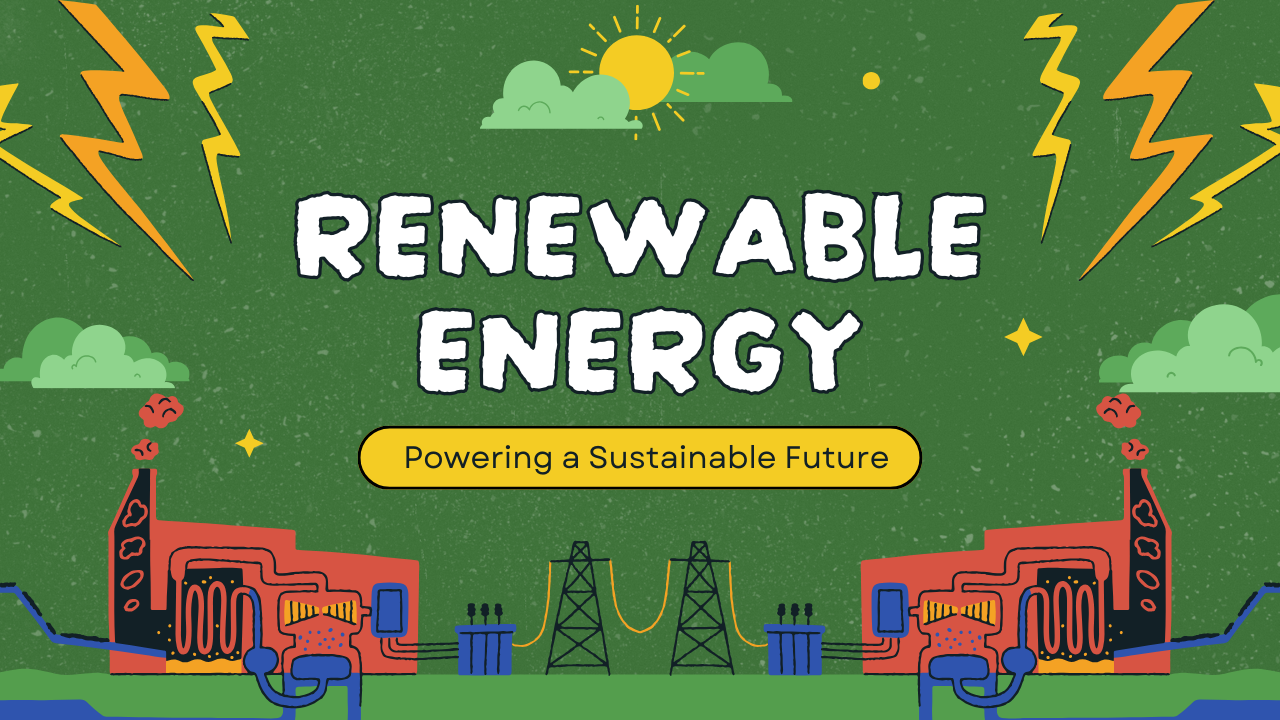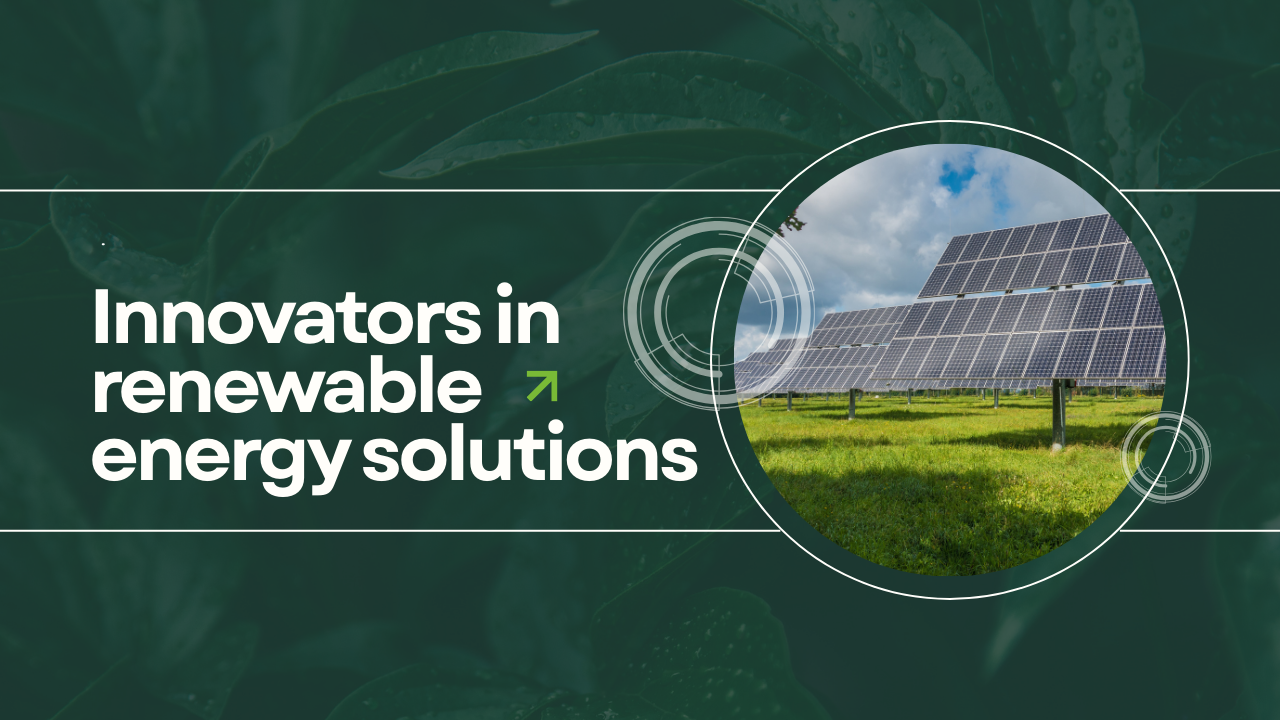
India's 40 GW Rooftop Solar Goal Extended
India Recommits to Ambitious 40,000 MW Rooftop Solar Goal with Extended 2026 Deadline
In a renewed push to harness the immense solar potential of its urban landscapes, the Indian government has extended the timeline for its flagship Grid-Connected Rooftop Solar (RTS) Programme Phase-II. The nation is now targeting the installation of a cumulative 40,000 megawatts (MW), or 40 gigawatts (GW), of rooftop solar capacity by March 31, 2026. This extension from the original 2022 deadline represents a pragmatic recommitment to a crucial pillar of India's clean energy strategy, aimed at decentralizing power generation and bringing the benefits of solar directly to millions of households and businesses.
The program, managed by the Ministry of New and Renewable Energy (MNRE), is a cornerstone of India's larger ambition to achieve 450 GW of renewable energy capacity by 2030. While progress has been slower than initially hoped, the extension provides a vital new window to overcome past hurdles and accelerate adoption. With powerful new initiatives like the PM Surya Ghar: Muft Bijli Yojana now in place, the government is signaling a determined, multi-pronged effort to finally unlock the vast, untapped potential of the nation's rooftops and meet this ambitious target.
The Journey So Far: Progress and Hurdles
The RTS Programme was launched to promote the installation of solar panels on the roofs of residential, commercial, and industrial buildings, allowing consumers to generate their own electricity and feed any surplus back into the grid. The initial goal was to reach the 40 GW milestone by December 2022.
However, as of June 2022, the country had only achieved an installed capacity of 7.9 GW, indicating a significant shortfall. By November 2023, this figure had grown to 10.4 GW, showing a compound annual growth rate (CAGR) of around 46% since 2019, but still far from the target. The challenges have been multifaceted, including a lack of consumer awareness, complex subsidy disbursement processes, and reluctance from electricity distribution companies (DISCOMs) who feared revenue loss from high-paying customers generating their own power. Recognizing these roadblocks, the government extended the program to 2026, providing more time to achieve the objective without increasing the initial financial outlay.
A Two-Pronged Strategy for Acceleration
The extended RTS Programme Phase-II employs a dual-component strategy to drive installations, focusing on both subsidizing consumers and incentivizing the distribution companies that are critical for implementation.
Component A - Central Financial Assistance (CFA) for Residential Consumers: This is the core of the program, providing direct subsidies to households to reduce the upfront cost of installation. This financial support makes the transition to solar more affordable and accessible for the average citizen. The recent launch of the PM Surya Ghar: Muft Bijli Yojana, which targets one crore households with generous subsidies, is a massive catalyst for this component.
Component B - Incentives for DISCOMs: To align the interests of the distribution companies with the program's goals, the scheme provides performance-based incentives for DISCOMs. They are rewarded for facilitating rooftop solar connections and promoting the program within their service areas, turning them from potential obstacles into active partners in the energy transition.
To simplify the process for consumers, the MNRE has also launched a National Portal (pmsuryaghar.gov.in). This online platform allows homeowners to apply for subsidies, choose from a list of approved vendors, and track their application, streamlining a previously cumbersome process.
Learning from Success: The Gujarat Model
While national progress has been challenging, the success of individual states offers a clear blueprint for the path forward. Gujarat has emerged as the standout leader in the residential rooftop sector, accounting for a staggering proportion of the country's total installations. As of November 2023, Gujarat had installed 1,956 MW under the subsidy scheme, out of a national total of 2,651 MW, and had a cumulative rooftop capacity of 3,174 MW.
The state's success is largely attributed to its dedicated "SURYA Gujarat" scheme, launched in 2019. This program focused exclusively on the residential category, with the state's nodal agency and DISCOMs working in close coordination to implement the scheme and efficiently disburse subsidies. This model of strong state-level policy and effective implementation by local utilities is now seen as a key strategy for other states to replicate to help meet the national 40 GW target.
The Road to 40 GW: A Critical National Goal
Achieving the 40,000 MW target by 2026 is an ambitious but critical goal for India. With over 300 million households and abundant sunshine, the potential for rooftop solar is immense. Success would not only lead to significant reductions in carbon emissions and a more resilient, decentralized power grid but would also empower millions of citizens with lower electricity bills and energy independence.
The extension of the deadline, coupled with the powerful new impetus from schemes like PM Surya Ghar and the lessons learned from states like Gujarat, has created a renewed sense of optimism. The next two years will be a crucial test of India's ability to execute this grand vision, but the commitment is clear. The nation is determined to turn its rooftops into a vast, distributed power plant, driving its clean energy future from the ground up.












